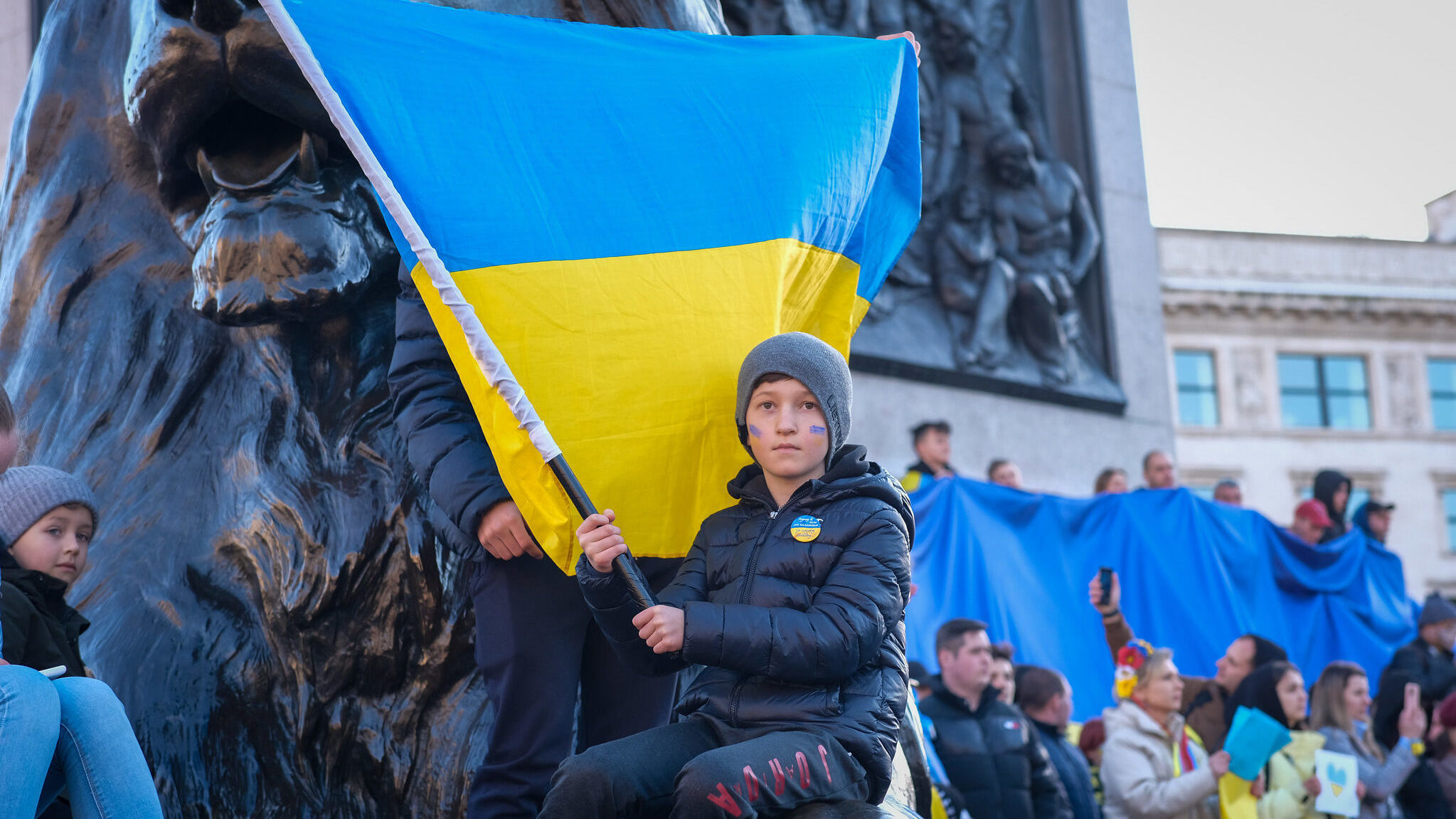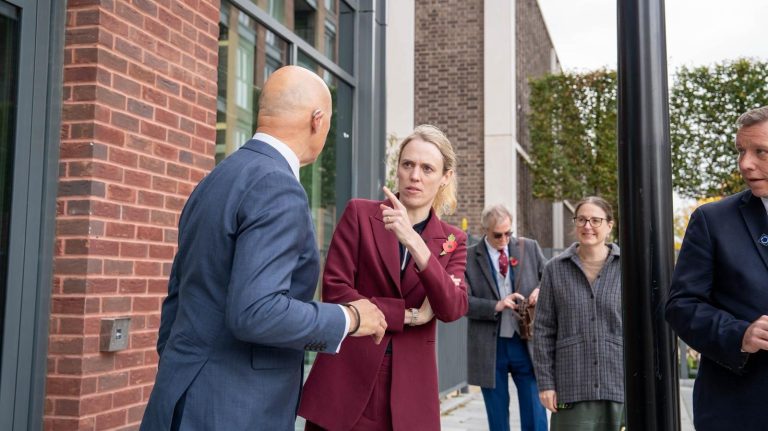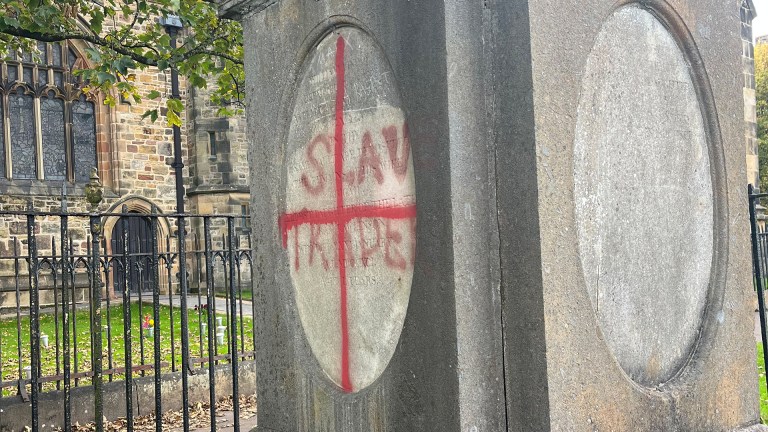Three years ago I was in a hot tub in Kyiv, Ukraine. Such is the time distortion of Covid that it feels like last month. Such is the surrealness of seeing war in Europe that it feels like a different dimension.
It was February 2020. Cheap flights and an even cheaper hotel; just off Independence Square and only a few hryvnia more to upgrade to a room with a spa bath. Who could resist? So for less than £25 a night I settled into bubbly opulence.
Kyiv is a great city. I visited the Microminiature Museum containing astounding works of art you view through a microscope: a chessboard sitting on a pin head, a caravan of camels in the eye of a needle. I rode escalators down to the deepest underground station in the world (soon to become a bomb shelter). I went to the National Opera, bought a box ticket for £5 and watched ballerinas dance to the Boléro, bringing with it inevitable thoughts of Torville, Dean, Sarajevo.
At that time, there was a spectre on the horizon. Reports of a virus spreading in China – surely wouldn’t come to much. In Kyiv there were other signs of circling shadows.
In 2014 Russia had annexed Crimea and was undertaking military operations in the east of the country. Around the National Museum of the History of Ukraine in the Second World War were buckled and broken tanks that had been captured and put on public display. A reminder that the country was under attack. Inside were boards with pictures of soldiers and stories of how they had died in the recent conflict.
Then a year ago this very week, there was the shocking but not surprising invasion of Ukraine by Putin’s forces. Thousands killed, millions displaced and no end in sight. There are not enough streets in the city to show off every captured tank, not enough space in a museum or in anyone’s head or heart to remember the lives lost or understand why.









